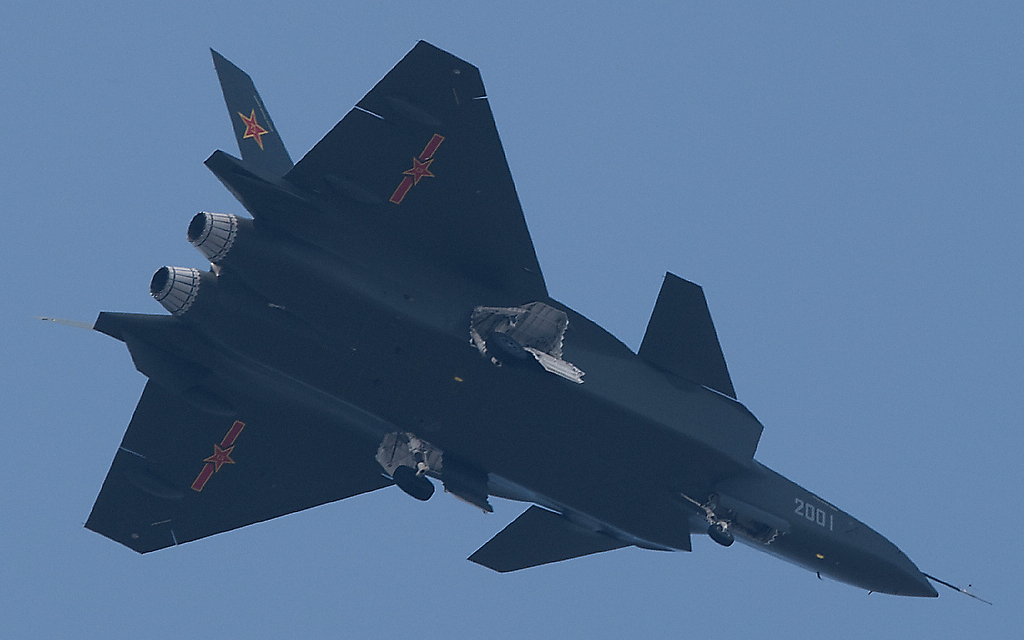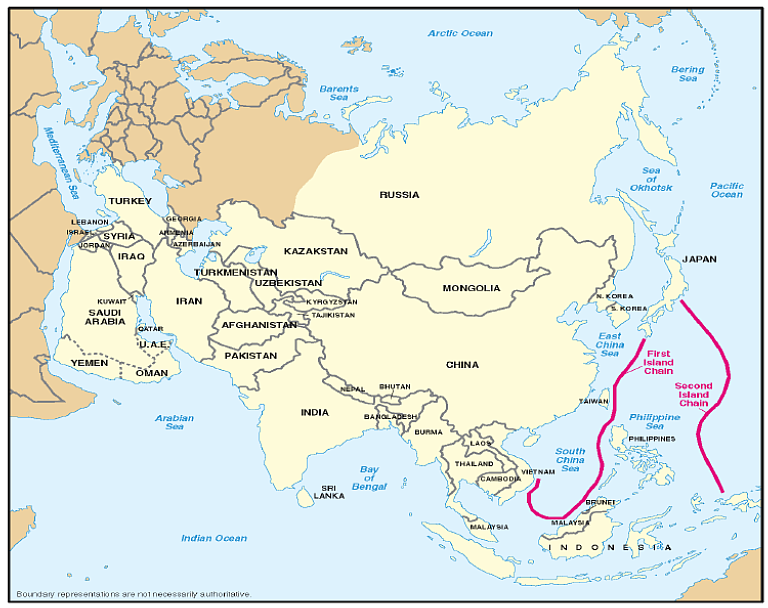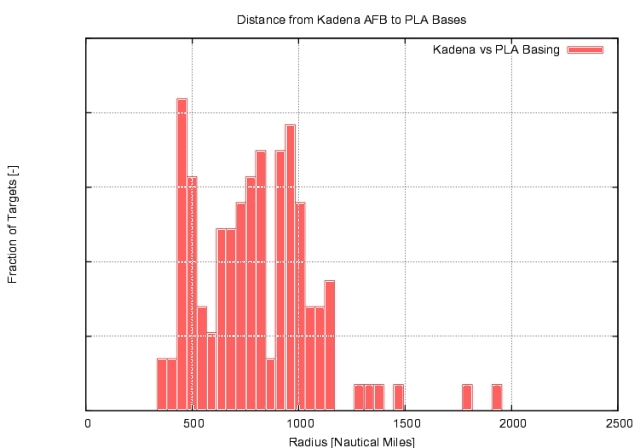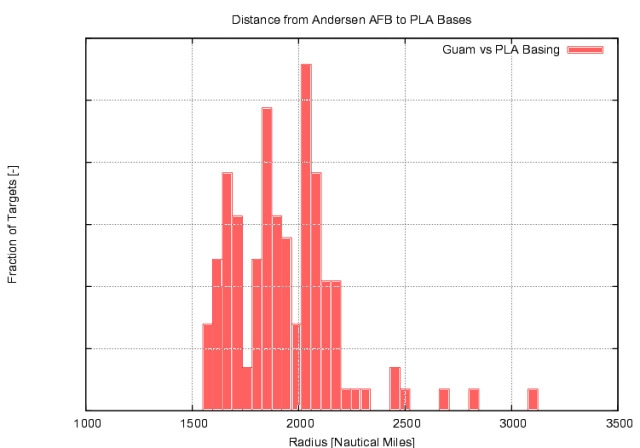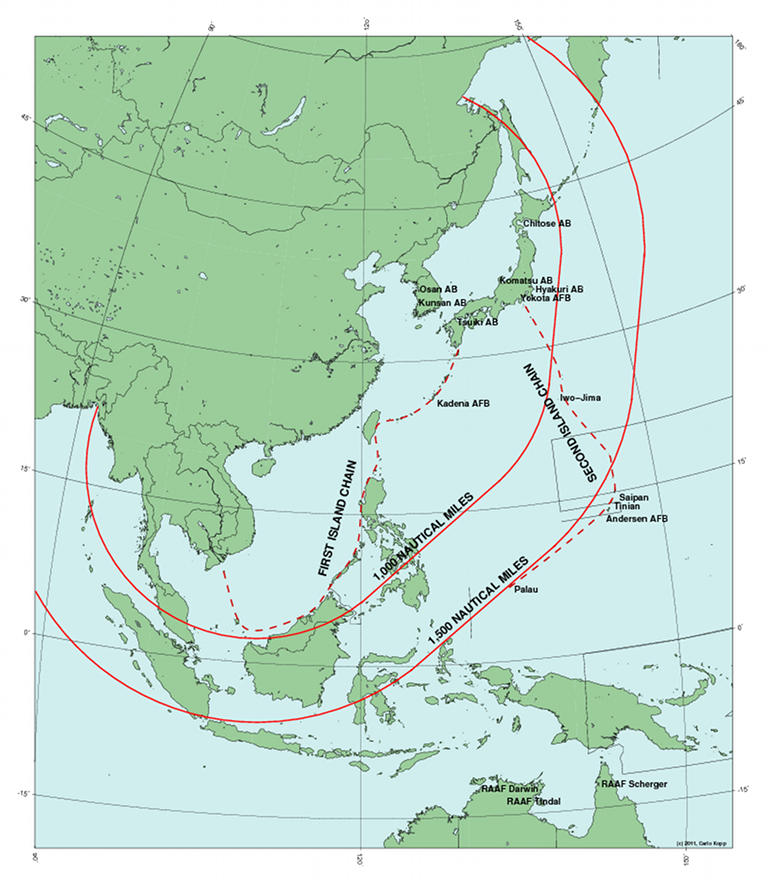|
||||||||||||||||||||||
![Home - Air Power Australia Website [Click for more ...]](APA/APA-Title-Main.png) |
||||||||||||||||||||||
![Sukhoi PAK-FA and Flanker Index Page [Click for more ...]](APA/flanker.png) |
![F-35 Joint Strike Fighter Index Page [Click for more ...]](APA/jsf.png) |
![Weapons Technology Index Page [Click for more ...]](APA/weps.png) |
![News and Media Related Material Index Page [Click for more ...]](APA/media.png) |
|||||||||||||||||||
![Surface to Air Missile Systems / Integrated Air Defence Systems Index Page [Click for more ...]](APA/sams-iads.png) |
![Ballistic Missiles and Missile Defence Page [Click for more ...]](APA/msls-bmd.png) |
![Air Power and National Military Strategy Index Page [Click for more ...]](APA/strategy.png) |
![Military Aviation Historical Topics Index Page [Click for more ...]](APA/history.png)
|
![Intelligence, Surveillance and Reconnaissance and Network Centric Warfare Index Page [Click for more ...]](APA/isr-ncw.png) |
![Information Warfare / Operations and Electronic Warfare Index Page [Click for more ...]](APA/iw.png) |
![Systems and Basic Technology Index Page [Click for more ...]](APA/technology.png) |
![Related Links Index Page [Click for more ...]](APA/links.png) |
|||||||||||||||
![Homepage of Australia's First Online Journal Covering Air Power Issues (ISSN 1832-2433) [Click for more ...]](APA/apa-analyses.png) |
||||||||||||||||||||||
| Last Updated: Mon Jan 27 11:18:09 UTC 2014 | ||||||||||||||||||||||
|
||||||||||||||||||||||
| Chengdu
J-XX
[J-20]
Stealth
Fighter
Prototype A Preliminary Assessment Technical Report APA-TR-2011-0101 |
|||
| Dr Carlo Kopp,
SMAIAA, SMIEEE, PEng, Peter Goon, BE (Mech), FTE (USNTPS) 3rd January, 2011 Updated 11th, 12th, 13th, 15th January, 2011 Updated April, 2012 Text © 2011 Carlo Kopp, Peter Goon |
|||
|
First flight of Chengdu J-XX
[J-20]
prototype, 11th January, 2011 [click to enlarge]. Note the planform
alignment and lower fuselage shaping, optimised for all aspect Very Low
Observable performance. The nozzles include serrated joins and nozzle
rim (Chinese Internet).
|
|||
|
|
|||
IntroductionIn late December, 2010, imagery of what is claimed to be China's new stealth fighter has emerged on a range of Chinese Internet sites. There have been no official Chinese disclosures as yet, so many of the claims about the aircraft appearing in the media may only be speculation presented as fact. The aircraft may be a technology demonstrator or a prototype for a mass production fighter aircraft. The latter is however much more likely, given that the Deputy Chief of Air Staff PLA-AF Gen. He Weirong claimed an IOC between 2017 and 2019, in a November, 2009, public disclosurei. The following is a preliminary assessment only and subject to revision. APA will produce a more complete assessment at a future date, once more technical material and the detailed analysis of same becomes available. 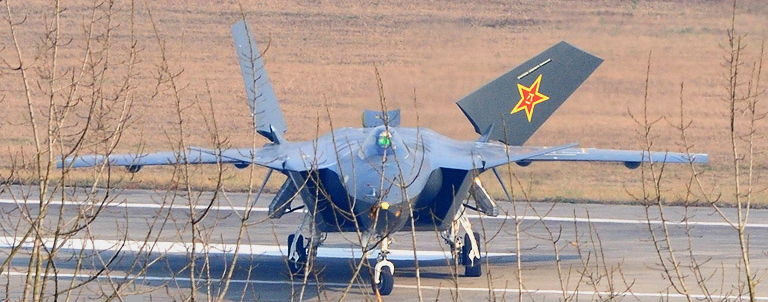 Elevated head on view of Chengdu
prototype, December, 2010 (Chinese Internet).
|
|||
Technical Observations on the Prototype Design
|
|||
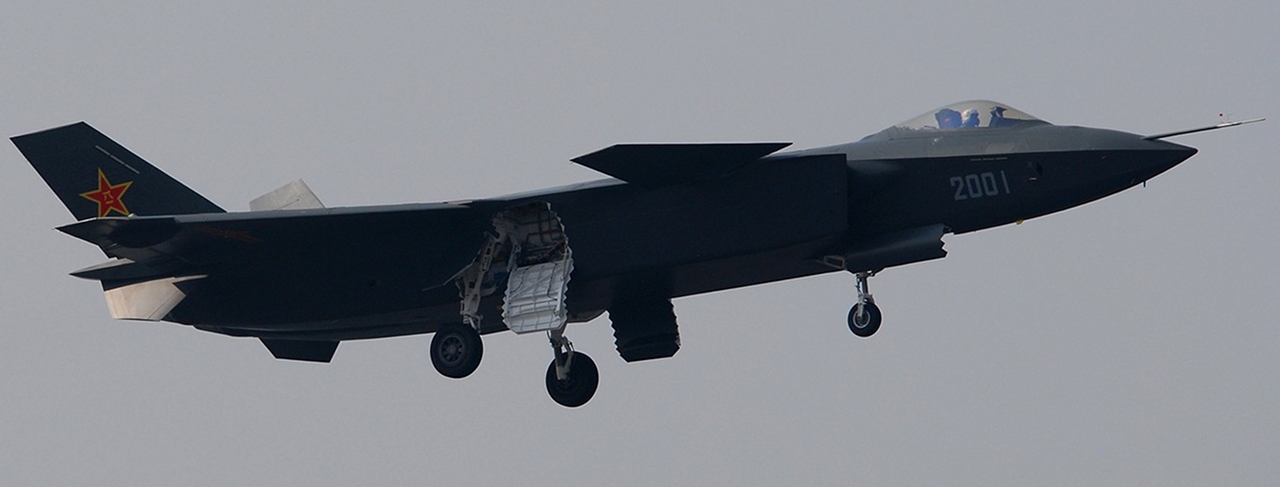 The J-XX/J-20 is a large fighter,
similar in size to an F-111 (Chinese Internet).
|
|||
| Above, below: Histograms of distances between PLA-AF and PLA-N fixed basing along the eastern seaboard of mainland China and US airfields at Kadena AFB on Okinawa and Andersen AFB on Guam. The J-XX/J-20 is well sized to hold both of these bases at risk (Kopp, 2005). | |||
|
Unrefuelled
combat radius performance for a Hi-Hi-Hi profile in a fighter in the
size and weight class of the FB-111A typically falls between 1,000 and
1,500 nautical miles, subject to a range of assumptions and engine TSFC
during the profile. This map depicts the geographical coverage
achievable from Anshan AB, Dachang AB and Foluo Northeast AB with
combat radii of 1,000 and 1,500 nautical miles respectively. Azimuthal
equidistant projection centred on Dachang AB (C. Kopp)vi.
|
|||
General ConclusionsThe size of the J-XX/J-20 airframe, and the self evident focus on supersonic persistence, suggests, at a minimum, an intention to provide a long range interceptor for anti-access operations in the Second Island Chain geography. It is likely any production design J-XX/J-20 will incorporate an aerial refuelling probe to further extend its large operating radius. A stealthy, supercruising, long range interceptor would provide the PLA-AF with the capability to penetrate an opposing IADS to destroy assets like E-3 AWACS, RC-135V/W Rivet Joint, other ISR systems, and importantly, Air Force and Navy tankers. This would significantly complicate if not close down air operations from Andersen AFB and fixed basing in the Ryukyu chain, Japanese main islands, and Korean peninsula, during the opening phase of any contingency. Naval task forces structured around CVBGs and operating within the 1,000 NMI plus radius of the J-XX/J-20 would be at significant risk of rapidly losing their E-2C/D AEW&C and EA-18G Growler Electronic Attack coverage during the opening phase of any contingency. Any notion that an F-35 Joint Strike Fighter or F/A-18E/F Super Hornet will be capable of competing against this Chengdu design in air combat, let alone penetrate airspace defended by this fighter, would be simply absurd. The F-35 Joint Strike Fighter and F/A-18E/F Super Hornet are both aerodynamically and kinematically quite inferior to the as presented J-XX/J-20 design, and even the shape based VLO capability in the J-XX/J-20, as presented, will effectively neutralise any sensor advantage either type might possess against earlier Russian and Chinese fighter designs. |
|||
Multi-Role Options and Production NumbersThe J-XX/J-20 design could be employed as a penetrating strike aircraft, in the combat radius class of the F-111 or Su-34 Fullback, if equipped with internal guided bombs, such as the Luoyang/CASC LT-3 Laser / Satellite Aided Inertially Guided Bomb, the FT-1, FT-2, FT-3, FT-4, FT-5 and LS-6 series Satellite Aided Inertially Guided Bombs. These are Chinese analogues to the US JDAM, some including glide wing kits modelled on the JDAM-ER. CASC displayed compact 250 lb and 125 lb variants of the LS-6 at Zhuhai in 2010, these derivative weapons being direct analogues to the US GBU-39/B Small Diameter Bomb, currently being integrated on the F-22A Raptorii. A mature J-XX/J-20, with a full strike capability, would be a direct one-for-one equivalent to the proposed dual role FB-22A, which was championed by Dr. James G. Roche during his tenure as SecAF, until 2005iii. The PLA-AF has not disclosed as yet intended production quantities. The stated IOC of the J-XX/J-20 directly aligns with the retirement date of the second tranche of Su-27SK Flanker B and first tranche of Su-30MKK Flanker G currently in operational service. It is a reasonable conclusion that the J-XX/J-20 is intended as an eventual replacement for PLA-AF Flanker B/G and later PLA-N shore based Su-30MK2 Flanker G long range multirole fighters. If the J-XX/J-20 is intended to directly replace PLA Flankers, numbers in the order of 400 – 500 aircraft are credible.
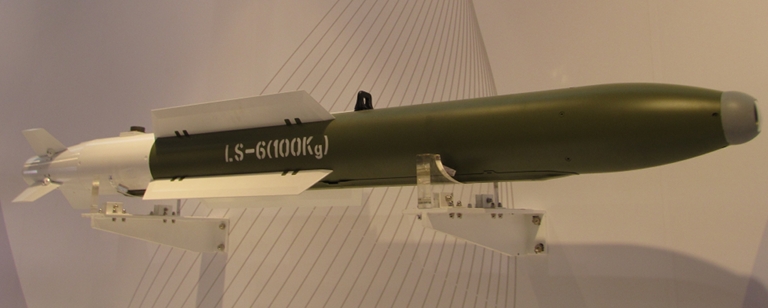 CASC displayed compact 250 lb and 125 lb variants of the LS-6 at Zhuhai in 2010, these derivative weapons being direct analogues to the US GBU-39/B Small Diameter Bomb (© 2011 Air Power Australia). |
|||
Endnotes/Referencesi L.C.
Russell
Hsiao, CHINA’S FIFTH-GENERATION FIGHTERS AND THE CHANGING
STRATEGIC BALANCE, CHINA BRIEF, VOLUME
IX, ISSUE 23, NOVEMBER 19, 2009, Jamestown Foundation, ii Kopp C., PLA Guided Bombs, Technical Report APA-TR-2009-0808, Air Power Australia, URI: http://www.ausairpower.net/APA-PLA-GBU.html. iii
Christopher
Bolkcom, Air Force FB-22 Bomber Concept, PDF-A/RS21848, March 21,
2005, Congressional Research Service, URI: iv Bill Sweetman, China's
Stealth Striker, Defence Technology International, 27th
December, 2010, URI: http://www.aviationweek.com/aw/blogs/defense/index.jsp?plckController=Blog&plckBlogPage=BlogViewPost&newspaperUserId=27ec4a53-dcc8-42d0-bd3a-01329aef79a7&plckPostId=Blog%3a27ec4a53-dcc8-42d0-bd3a-01329aef79a7Post%3acaf36660-d425-4fbc-a284-008017b2b444&plckScript=blogScript&plckElementId=blogDest v Bill
Sweetman, J-20 - Denial Is Not An Option, Defence Technology
International, 28th December, 2010, URI: http://www.aviationweek.com/aw/blogs/defense/index.jsp?plckController=Blog&plckBlogPage=BlogViewPost&newspaperUserId=27ec4a53-dcc8-42d0-bd3a-01329aef79a7&plckPostId=Blog%3a27ec4a53-dcc8-42d0-bd3a-01329aef79a7Post%3a1a18ec63-5bf5-471c-9997-9f0bd783d131&plckScript=blogScript&plckElementId=blogDest vi Kopp C., People's
Liberation
Army Air Force and Naval Air Arm Air Base Infrastructure,
Technical
Report
APA-TR-2007-0103,
URI: viii
Mills
C.L., What China's New J-20 Stealth Fighter Means for the
F-35 JSF and F/A-18E/F Super Hornet, APA NOTAM #69, 31/12/2010,
URI: ix
Kopp
C.,
MiG's
I.42/44
MFI
-
A
First
Look,
Australian
Aviation, March,
1998, URI: http://www.ausairpower.net/Analysis-MiG-MFI.html. x
Kopp
C. and Goon P.A., Assessing the Sukhoi PAK-FA, APA Analyses,
Vol. VII APA-2010-01, February, 2010, URI: http://www.ausairpower.net/APA-2010-01.html. |
|||
 |
|||
Prototype
Imagery
and
Multimedia
|
|||
| [All imagery and multimedia via
Chinese
Internet] |
|||
Prototype First Flight 11th January, 2011 |
|||
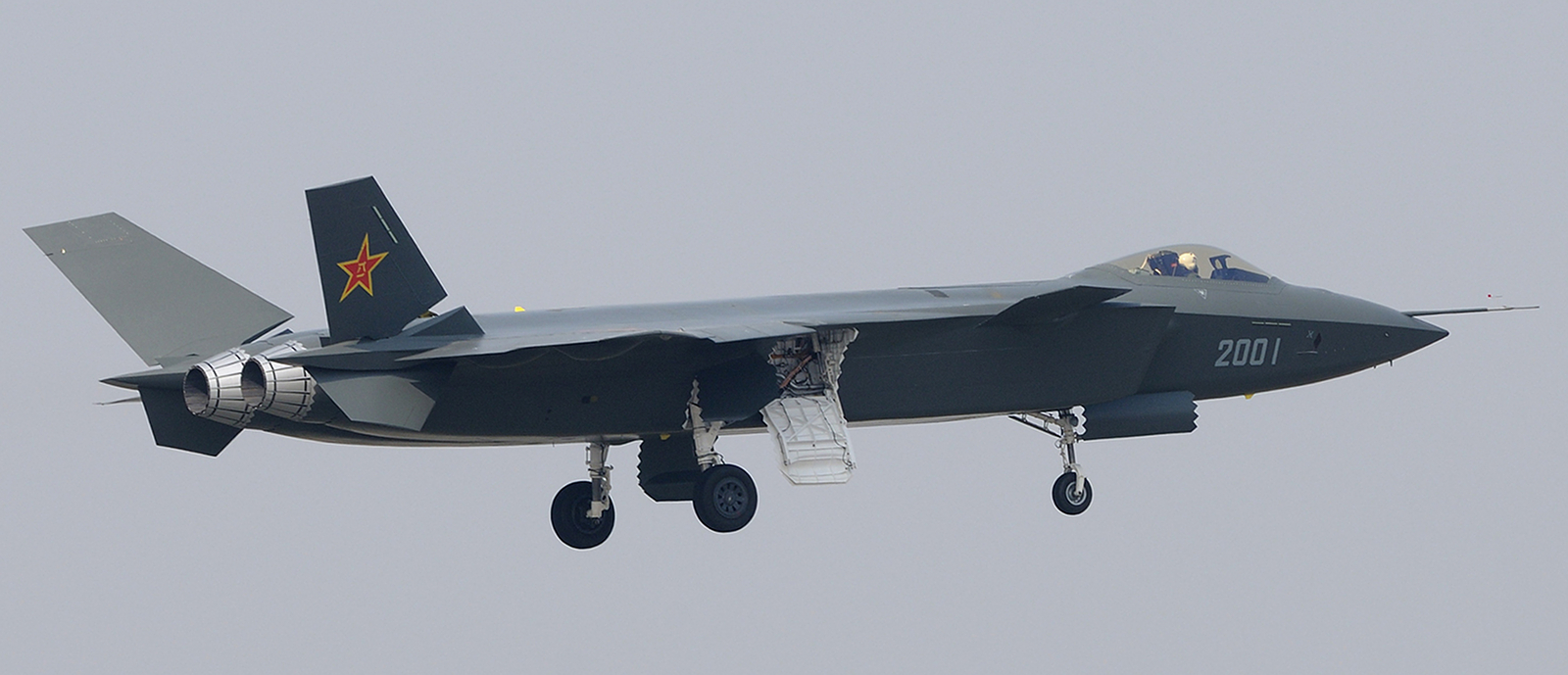 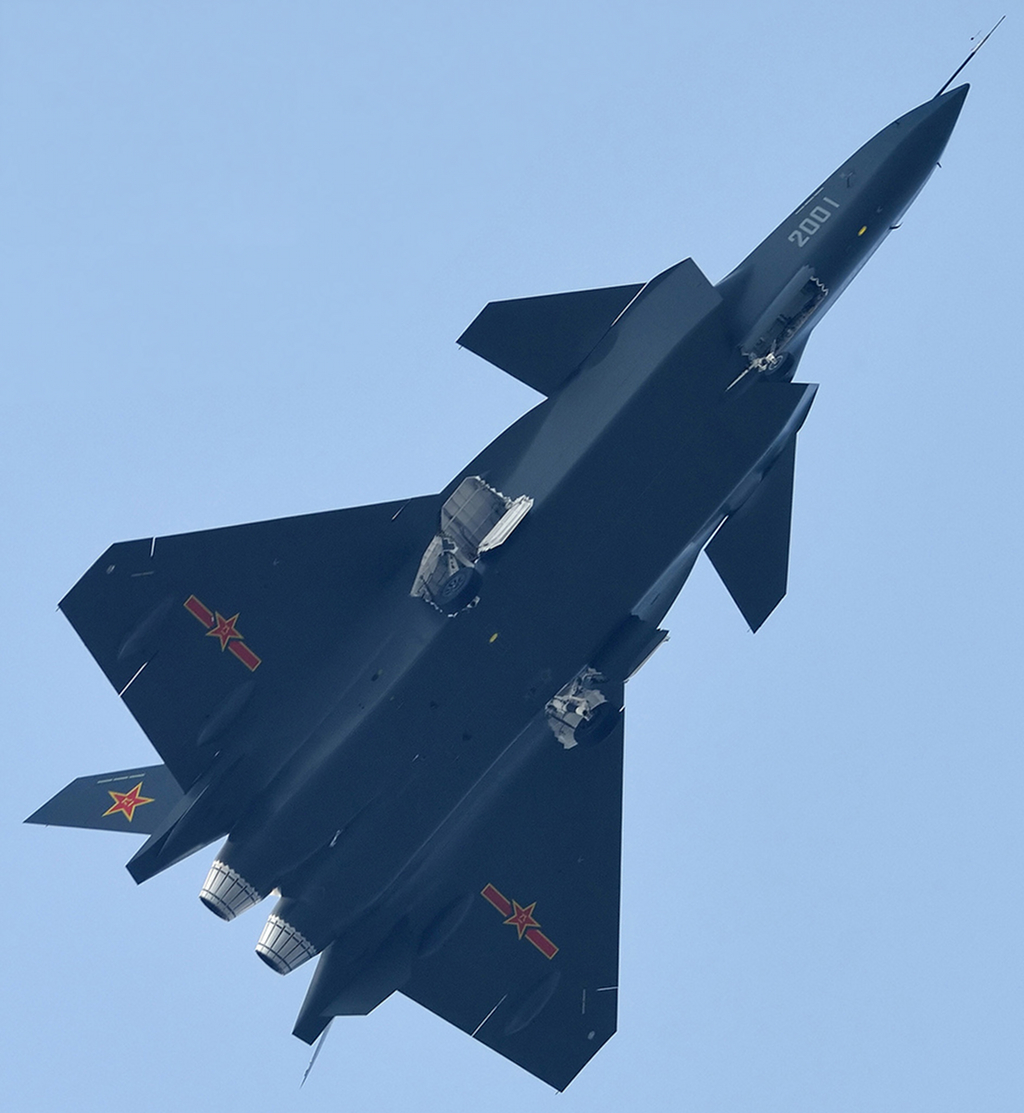 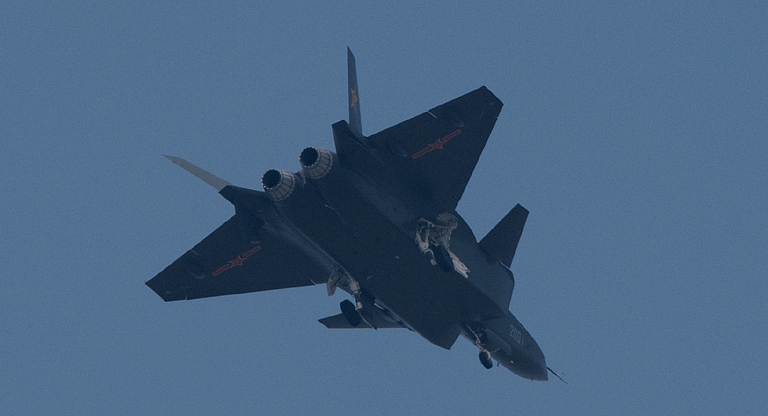 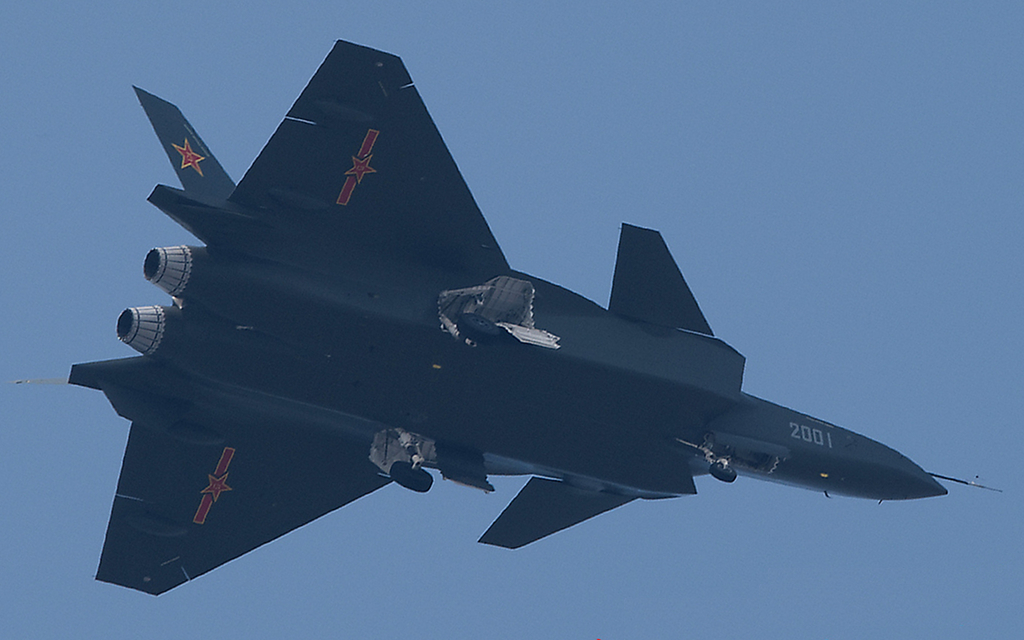 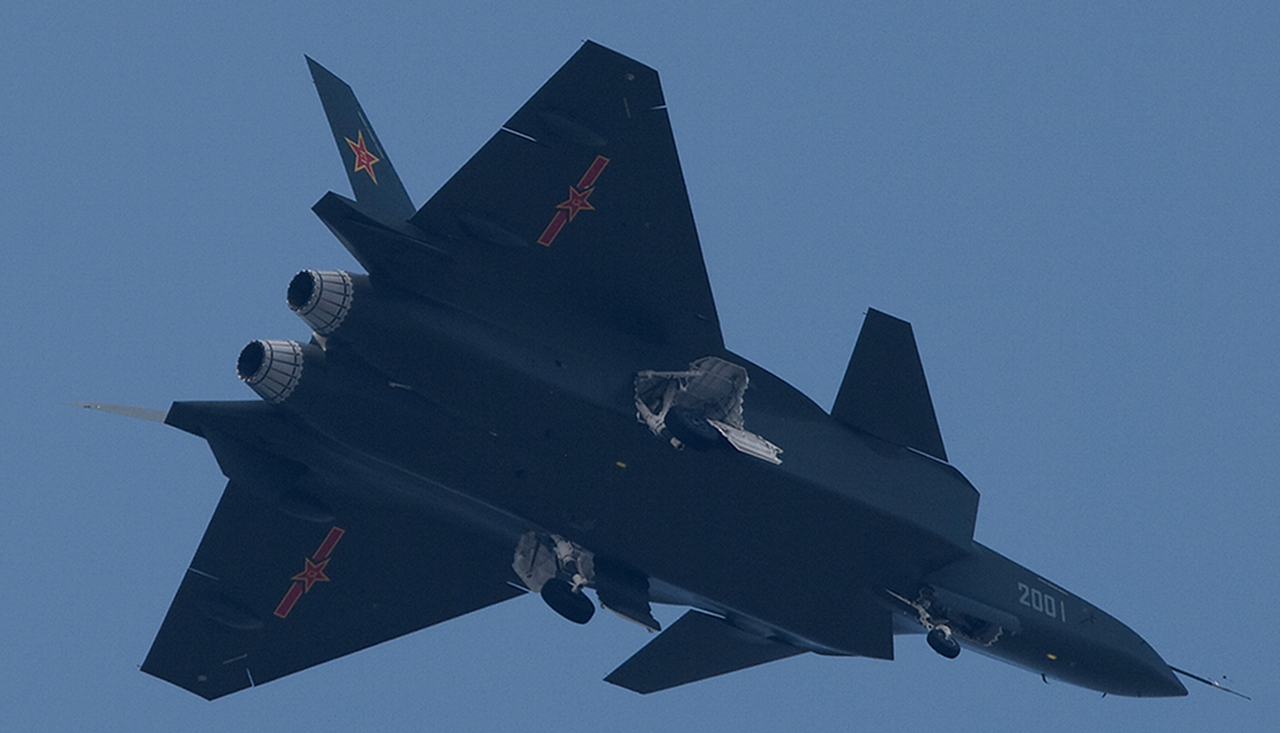 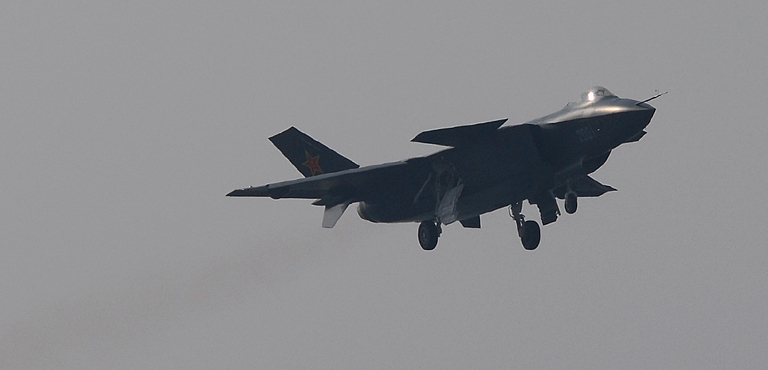 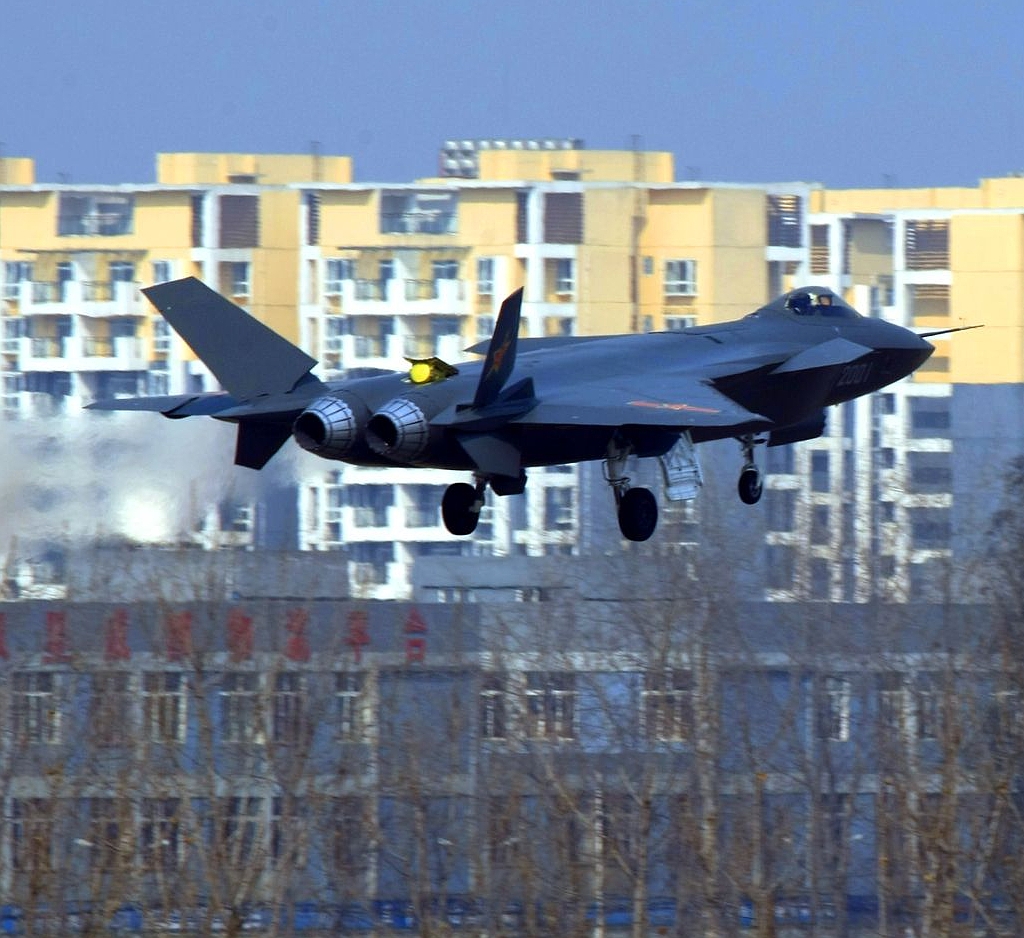 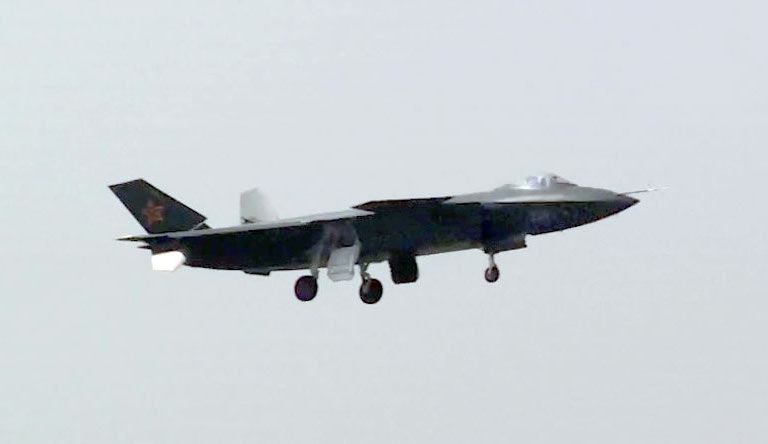 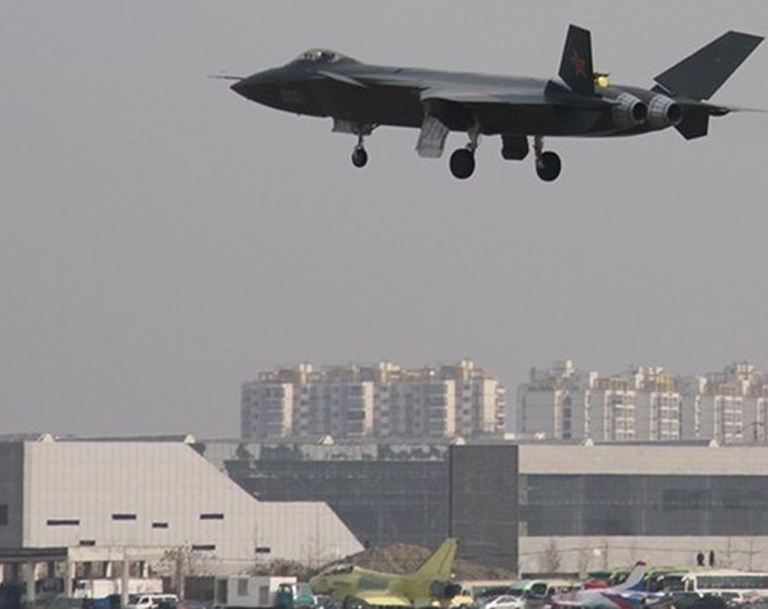 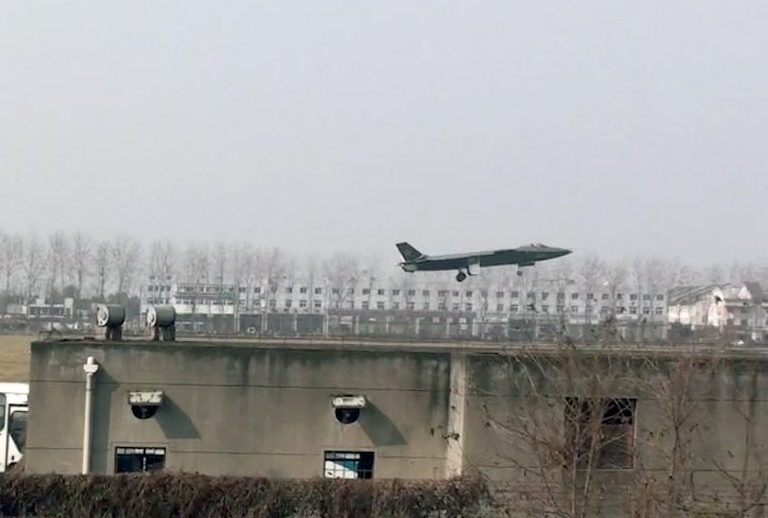 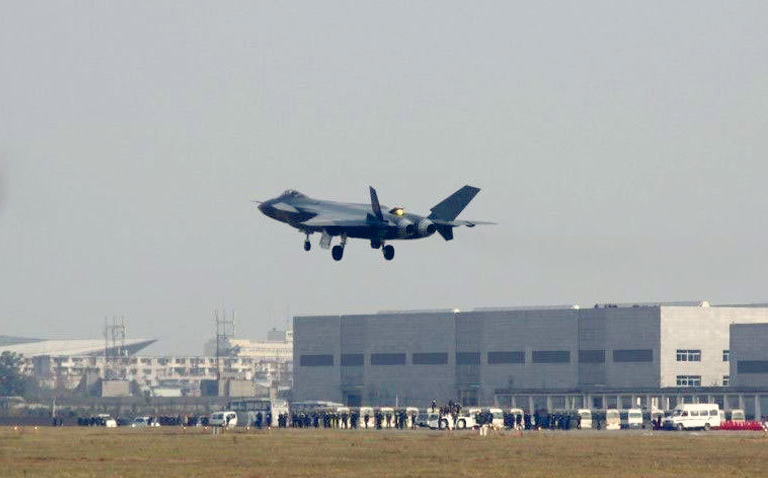 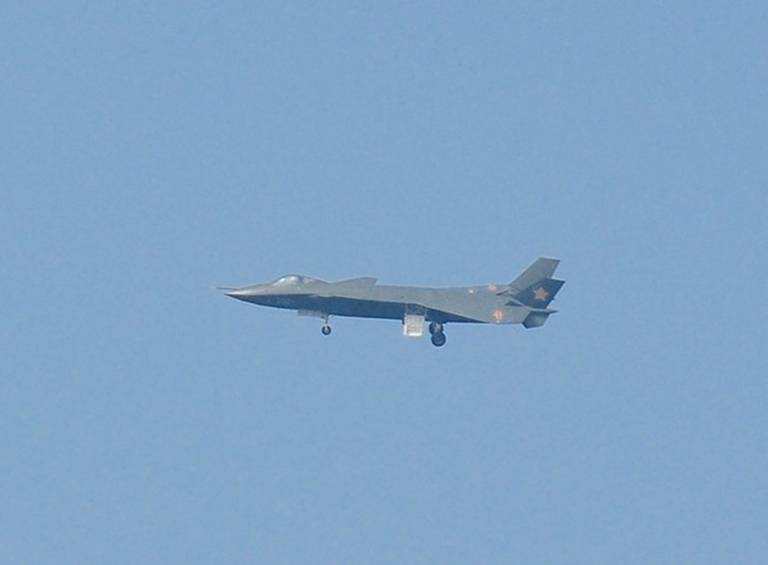 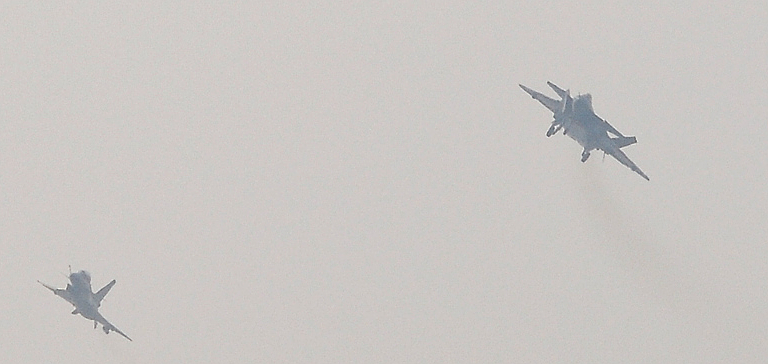 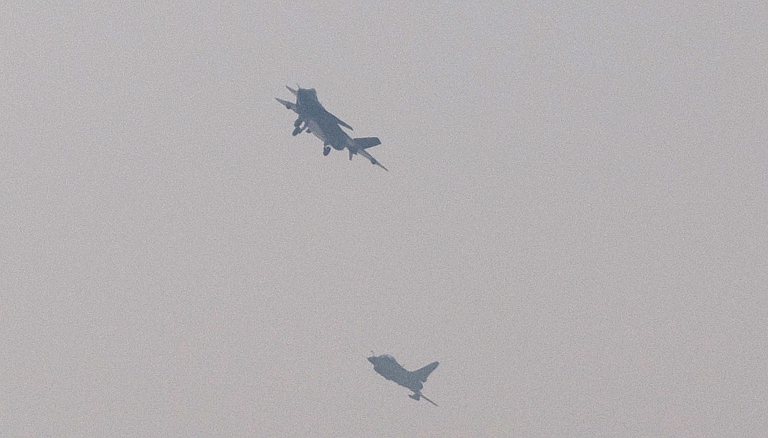 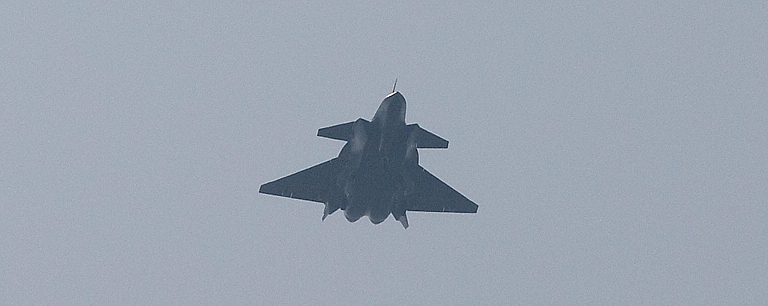 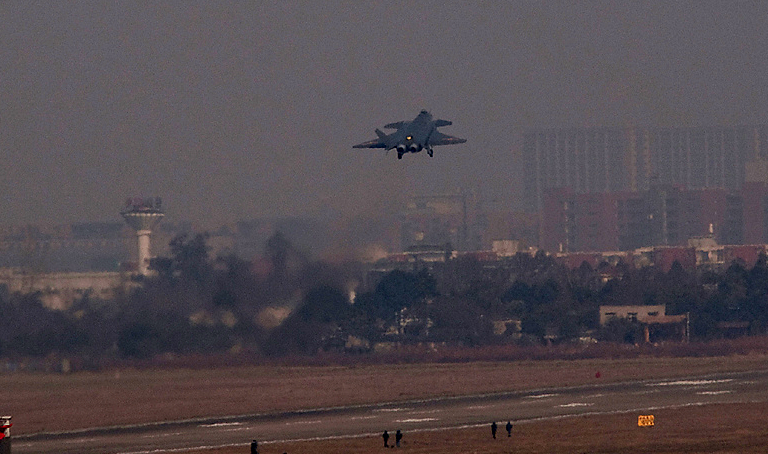 |
|||
 |
|||
Prototype Taxi Trials December - January, 2011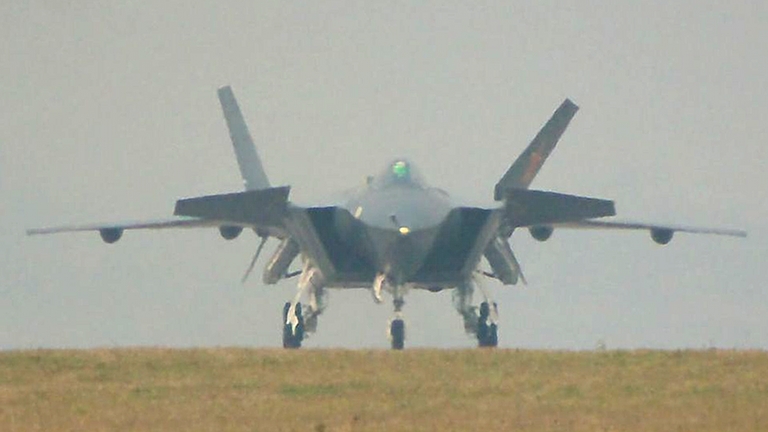 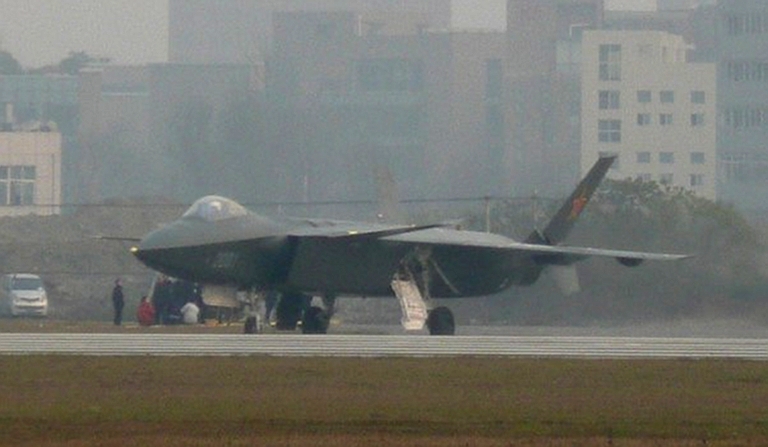 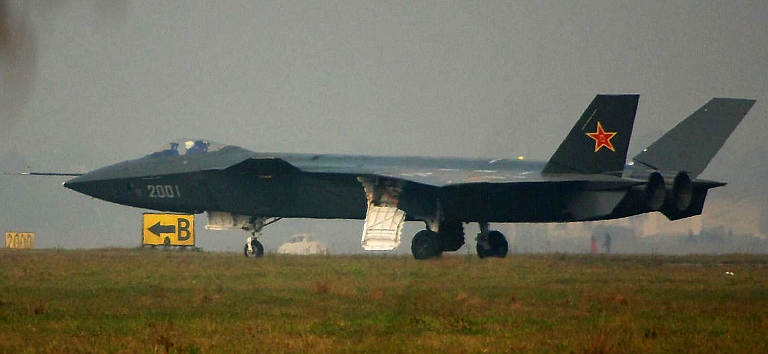 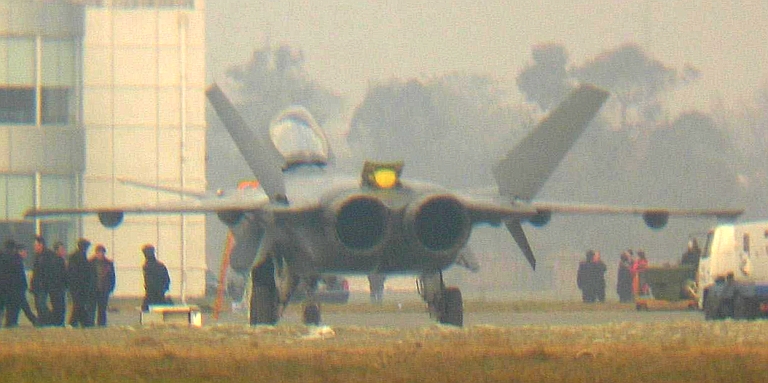 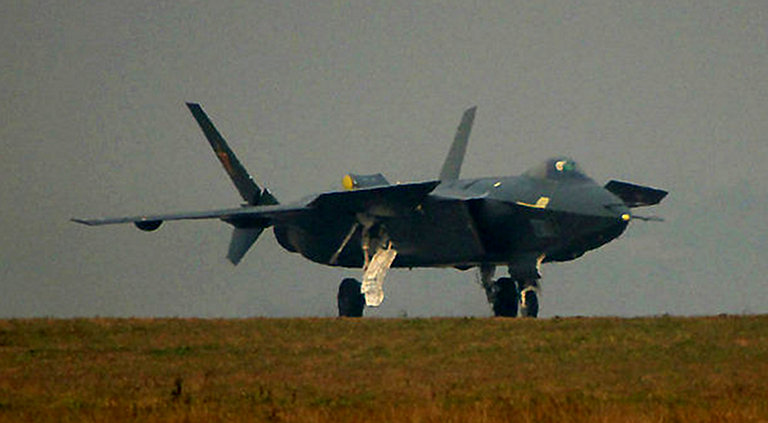 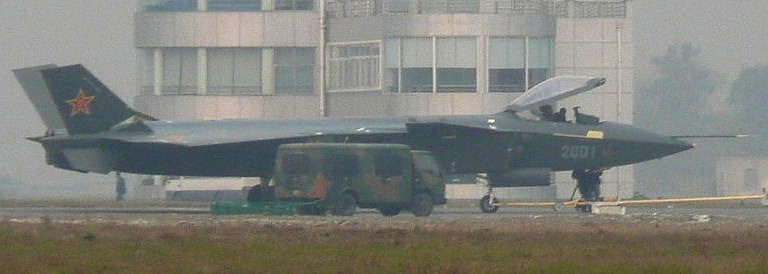  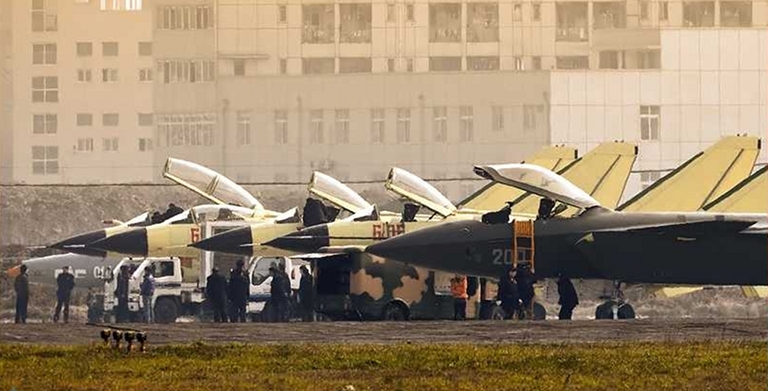 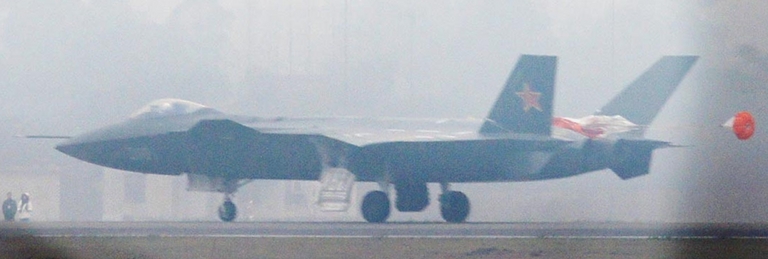 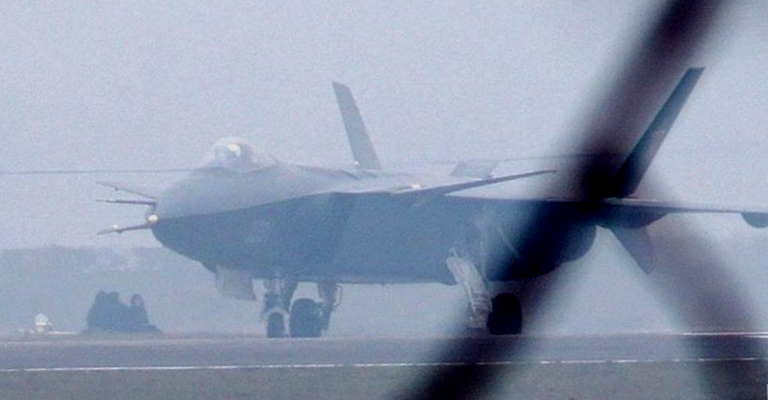 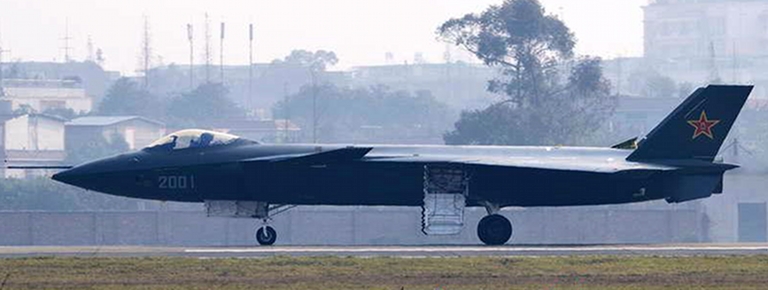 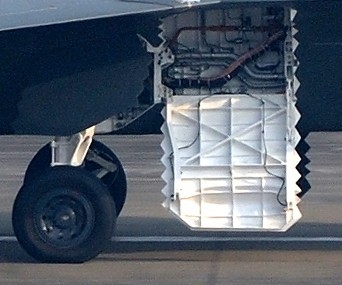 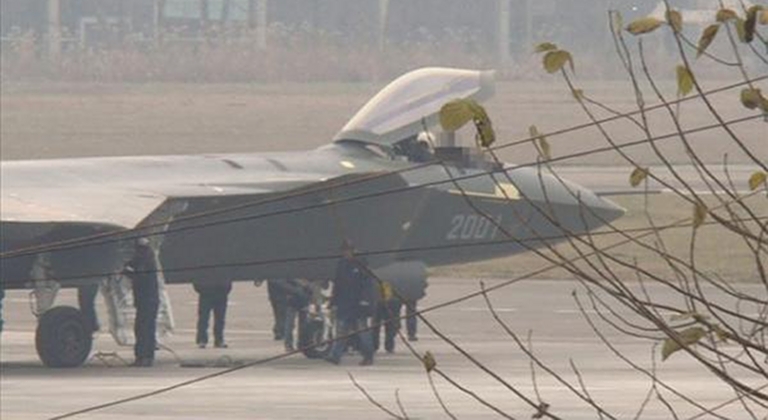 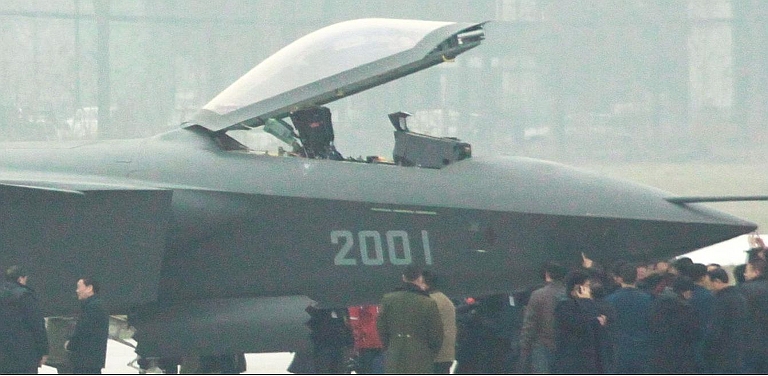 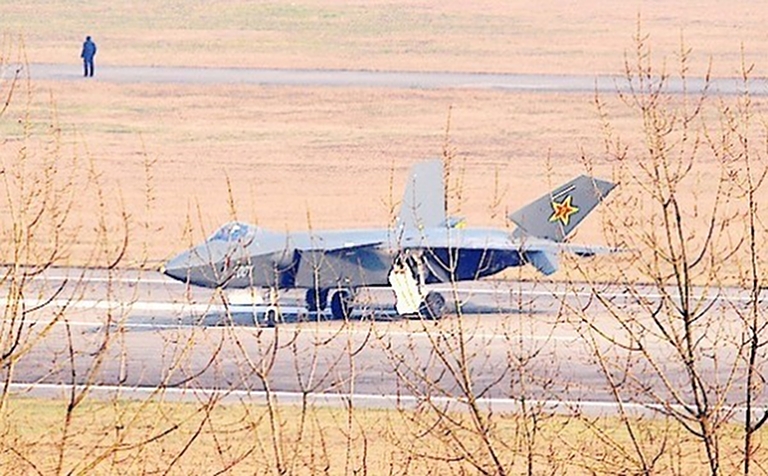  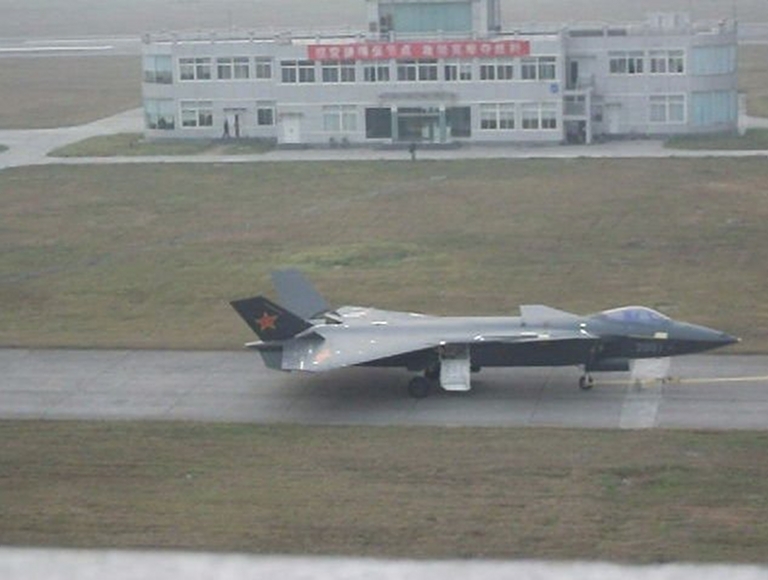 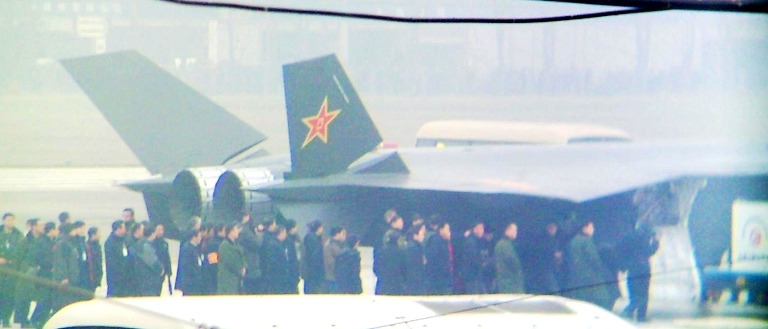 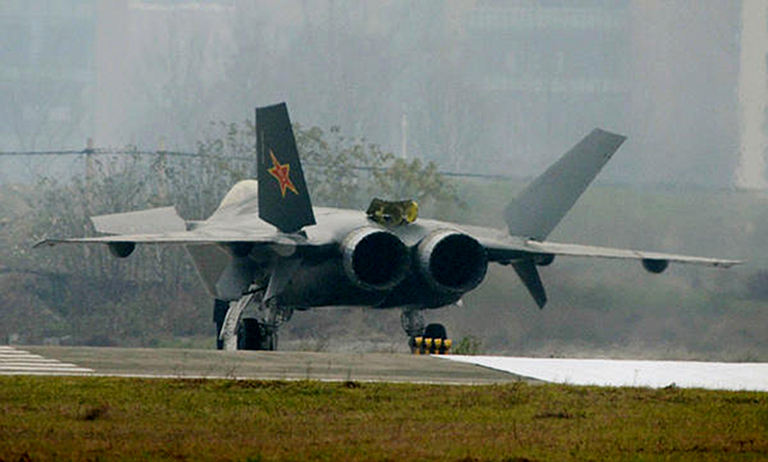 |
|||
 |
|||
Multimedia[APA does not endorse or necessarily agree with the content of third party multimedia items embedded in this page] |
|||
 |
|||
 |
|||
|
Technical Report APA-TR-2011-0101 |
|||
|
|||||||||||||
![Sukhoi PAK-FA and Flanker Index Page [Click for more ...]](APA/flanker.png) |
![F-35 Joint Strike Fighter Index Page [Click for more ...]](APA/jsf.png) |
![Weapons Technology Index Page [Click for more ...]](APA/weps.png) |
![News and Media Related Material Index Page [Click for more ...]](APA/media.png) |
||||||||||
![Surface to Air Missile Systems / Integrated Air Defence Systems Index Page [Click for more ...]](APA/sams-iads.png) |
![Ballistic Missiles and Missile Defence Page [Click for more ...]](APA/msls-bmd.png) |
![Air Power and National Military Strategy Index Page [Click for more ...]](APA/strategy.png) |
![Military Aviation Historical Topics Index Page [Click for more ...]](APA/history.png)
|
![Information Warfare / Operations and Electronic Warfare Index Page [Click for more ...]](APA/iw.png) |
![Systems and Basic Technology Index Page [Click for more ...]](APA/technology.png) |
![Related Links Index Page [Click for more ...]](APA/links.png) |
|||||||
![Homepage of Australia's First Online Journal Covering Air Power Issues (ISSN 1832-2433) [Click for more ...]](APA/apa-analyses.png) |
|||||||||||||
| Artwork, graphic design, layout and text © 2004 - 2014 Carlo Kopp; Text © 2004 - 2014 Peter Goon; All rights reserved. Recommended browsers. Contact webmaster. Site navigation hints. Current hot topics. | |||||||||||||
|
Site Update
Status:
$Revision: 1.753 $
Site History: Notices
and
Updates / NLA Pandora Archive
|
|||||||||||||
|
|
Tweet | Follow @APA_Updates | |||||||||||
|
|
|||||||||||||
|
|
|||||||||||||
![F-111 Aardvark Index Page [Click for more ...]](APA/f-111.png)
![F/A-18 Hornet and Super Hornet Index Page [Click for more ...]](APA/fa-18a.png)
![Aerial Refuelling and Airlift Capabilities Index Page [Click for more ...]](APA/aar-lift.png)
![Directed Energy Weapons and Electromagnetic Bombs Index Page [Click for more ...]](APA/dew.png)
![Notices and Updates Index Page [Click for more ...]](APA/notices-128.png)
![APA NOTAM and Media Release Index Page [Click for more ...]](APA/notams-128.png)
![APA Research Activities and Policy / Technical Reports Index [Click for more ...]](APA/research-128.png)
![Search Air Power Australia Website [Click for more ...]](APA/search-128.png)
![Briefings and Submissions - Air Power Australia [Click for more ...]](APA/briefs-128.png)
![Air Power Australia Contacts [Click for more ...]](APA/contacts-128.png)
![Funding Air Power Australia [Click for more ...]](APA/funding-258.png)
